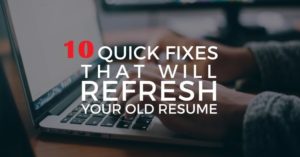Beat the Virus blues: 10 tips for staying productive while working from home
Suddenly, WFH is now a buzzword. For the uninitiated, WFH or ‘Work From Home’ seems to be the new norm in these extraordinary times. Thousands of people have suddenly been thrust into the reality of working remotely from home. And with “Social distancing” becoming another buzzword, WFH could be here to stay. Look at the bright side! WFH now saves you precious time and money in commuting costs alone. While WFH can offer some… Read More »Beat the Virus blues: 10 tips for staying productive while working from home





